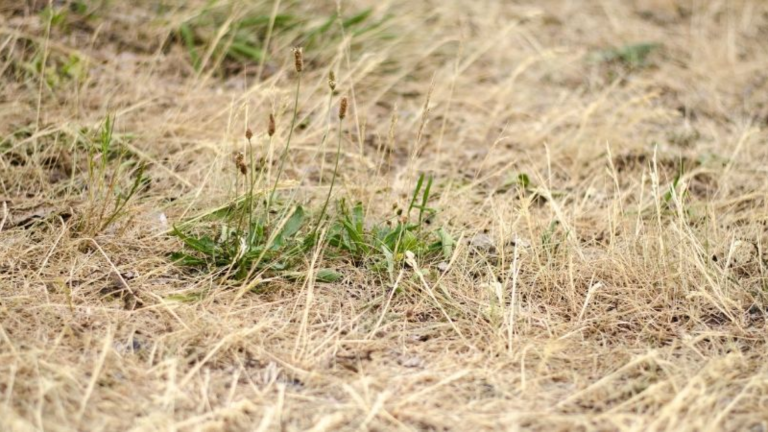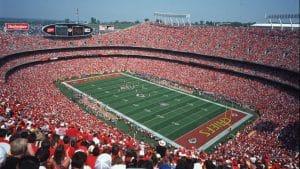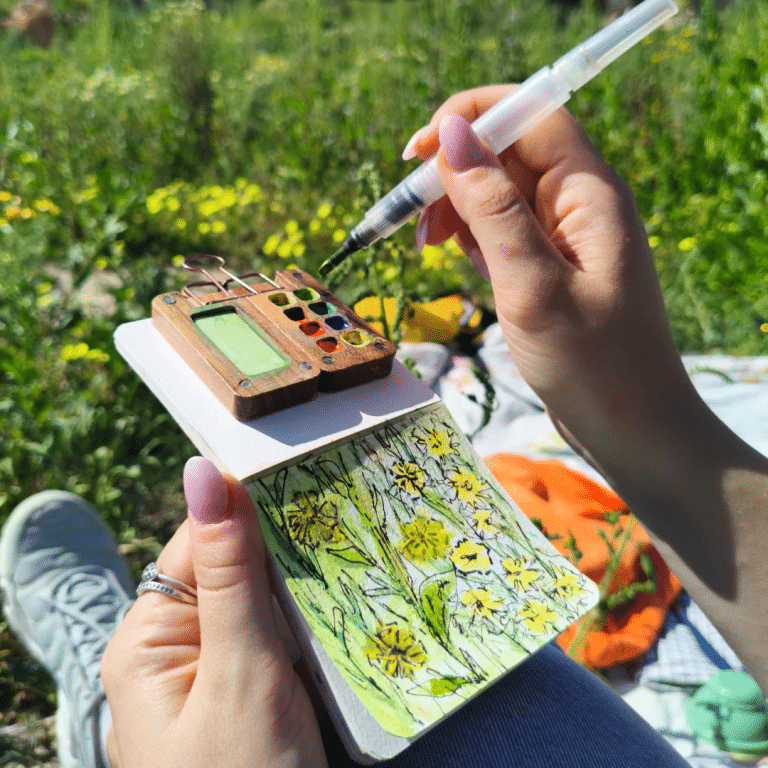Is your lawn starting to look yellow or brown, even though it used to be green and full? Don’t worry too fast—it might not be dead at all. Your grass could just be taking a break.
Grass goes dormant during tough weather to save energy and protect itself. When this happens, it slows down or stops growing, but it isn’t gone. It’s just resting until the weather gets better.
A lot of people mistake this for a dead lawn and spend money on treatments they don’t need. That’s why it’s important to know the difference between grass that’s resting and grass that’s really dead.
In this article, I’ll show you what dormant grass looks like in each season. You’ll also learn how to care for your lawn during these quiet times.
Understanding Grass Dormancy
Grass dormancy is kind of like hibernation for plants. When the weather gets too hot, too cold, or too dry, your grass doesn’t die—it just goes into rest mode. It stops growing and saves energy by sending its strength down into the roots instead of the blades.
I’ve seen a lot of homeowners panic when their bright green lawn starts turning brown or yellow. But most of the time, there’s no need to worry. That color change is actually a sign your grass is doing what it needs to survive.
Different kinds of grass rest at different times. Cool-season grasses, like Kentucky bluegrass and fescue, usually rest during hot, dry summers. Warm-season grasses, like Bermuda and zoysia, take their break during cold winter months.
How long your grass stays dormant depends on where you live, what kind of grass you have, and what the weather’s doing. Your lawn isn’t quitting—it’s just waiting for the right time to grow again.
What Does Dormant Grass Look Like?
Dormant grass changes appearance dramatically depending on the season. The changes can be alarming if you don’t know what to expect.
1. Winter Dormancy
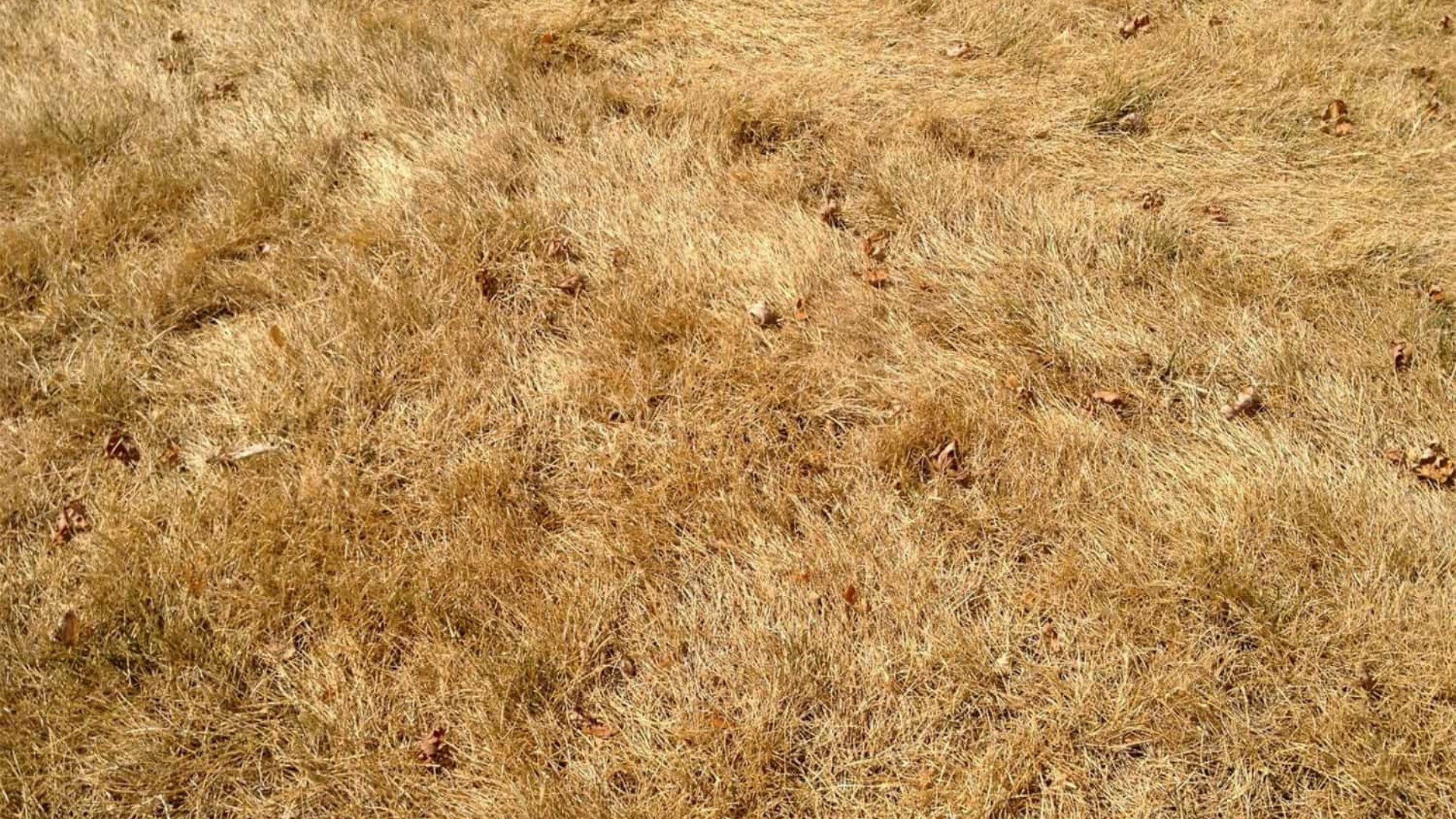
During winter, dormant grass turns brown or straw-colored and looks like it’s not alive. The change usually starts at the tips of the grass and moves down to the base. In very cold places, the entire yard can look dry and dull.
Warm-season grasses like Bermuda and zoysia go fully brown or tan, and the color spreads evenly across your whole lawn. These blades feel dry and break easily if you touch them.
Cool-season grasses might stay a little green if winters are mild. They barely grow and seem thinner than usual.
Snow actually helps by covering and protecting grass from freezing winds. Once the snow melts, you might see pale, flat grass—but that’s normal and nothing to worry about.
2. Spring Dormancy
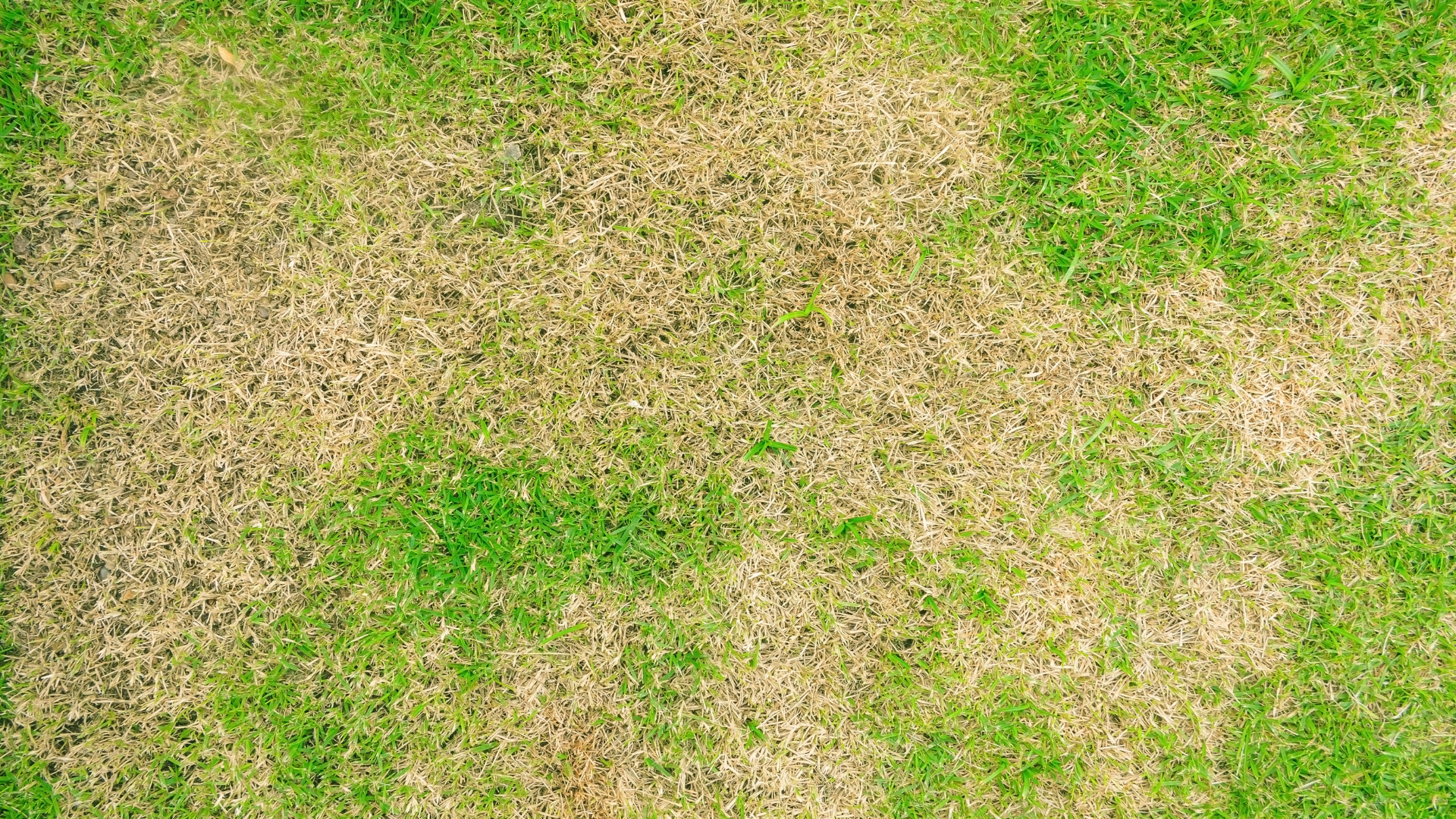
Spring dormancy doesn’t happen as often, but it can show up during late cold spells. Grass looks like it’s stuck, with uneven patches that grow differently across your yard.
Cool-season grass rarely rests in spring. But warm-season types might stay brown longer if the air stays cool. You’ll often see a mix of green and tan spots in your lawn.
Some areas might grow new grass while others look like nothing’s happening. This uneven change makes the yard look spotty or patchy.
Even when green returns, the grass might still look dull and thin. It may bounce back slowly and feel soft, but it won’t look thick and full just yet.
3. Summer Dormancy
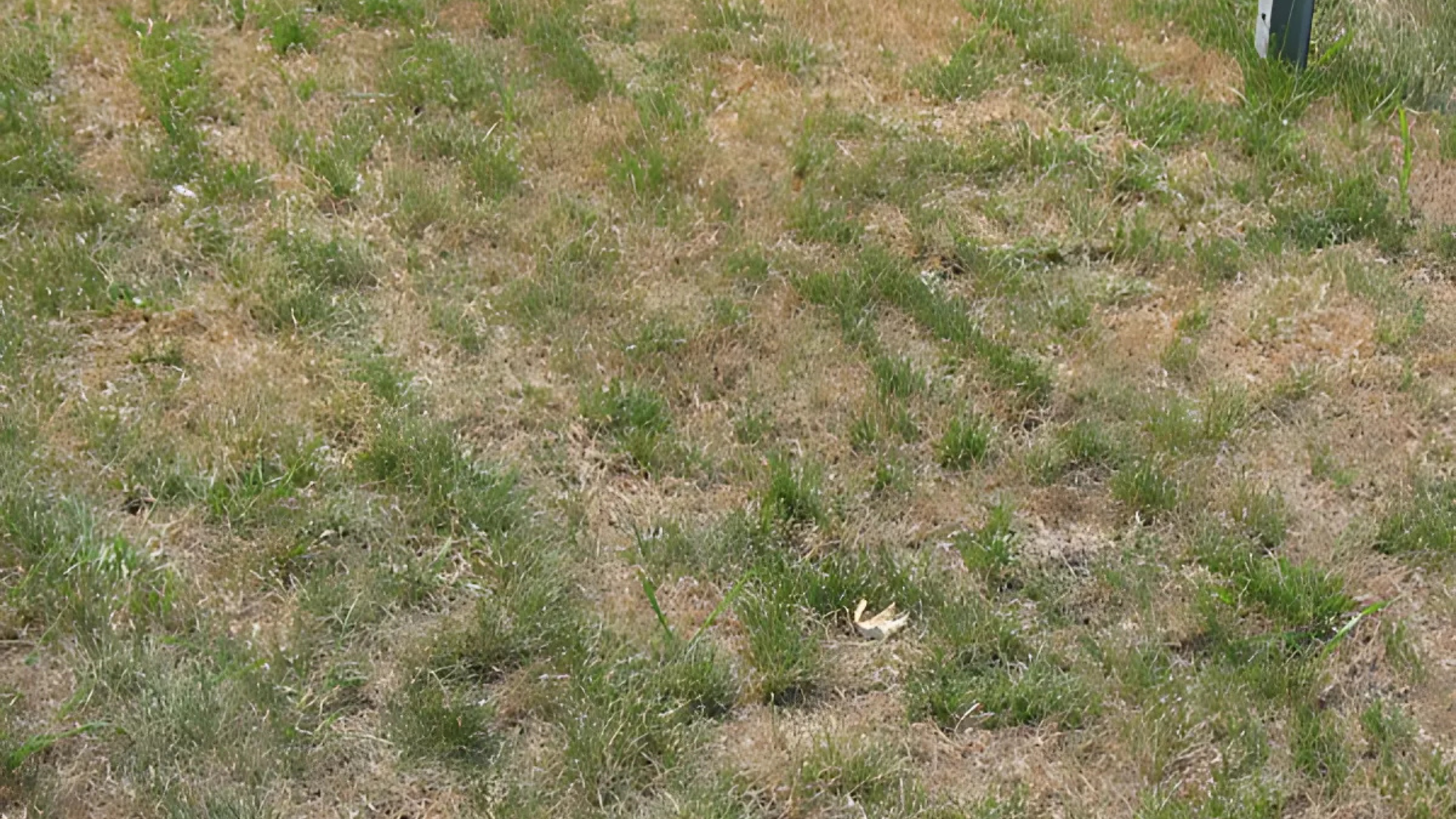
In summer, dormant grass turns tan or light brown when it gets too hot and dry. Cool-season grasses are more likely to do this in warm weather.
You might see dry spots pop up first in sunny or hard-packed soil areas. These patches grow bigger and spread as the heat continues.
Grass blades often fold or curl up to keep water in. When you walk across, it might feel crunchy. The tips usually dry first, then the color moves down the blade.
Even when grass turns brown, the crown near the root often stays a little green. If the crown is brown too, that might mean the grass is dying.
Shady spots stay greener longer, which gives your lawn a two-color look. Watering deeply and less often can stop or slow down summer dormancy.
4. Fall Dormancy
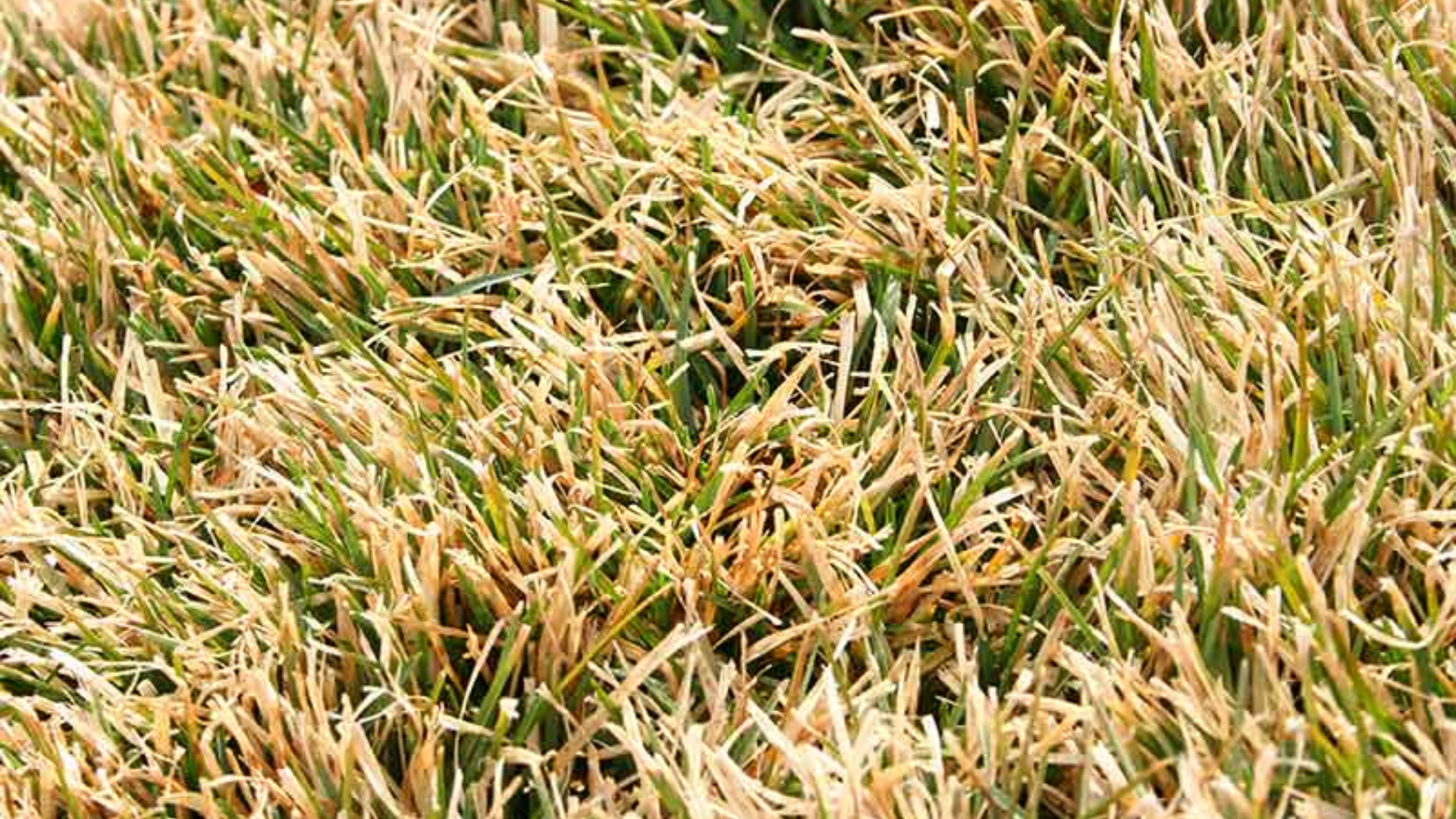
As fall moves in, grass begins to grow slower and starts changing color. Warm-season grasses lose their green when temperatures drop below 65°F again and again.
The change doesn’t happen all at once. You’ll see a mix of green, yellow, and brown as your lawn slowly gets ready for winter.
Growth almost stops before the color fades, so you’ll need to mow less often. The blades also feel stiffer and less flexible underfoot.
Cool-season grasses usually don’t rest in fall. Instead, they grow more because the weather is cooler. Warm-season grasses, though, slowly stop growing above ground to save energy for winter.
As leaves fall and settle, the grass might look more packed down or messy. That mix of leaves and resting grass needs different care than other seasons.
How to Tell Dormant Grass from Dead Grass?
Telling the difference between dormant grass and dead grass can save you time, money, and effort.
When grass is dormant, it looks brown and dry on top. But underneath, it’s still alive and just waiting for better weather. Dead grass, on the other hand, has no life left in the blades or roots.
One easy way to tell is the tug test. Gently pull on a few grass blades. If they come out easily without any pull, they’re likely dead. But if they stay firmly in place, your grass is probably just resting.
Check the crown, where the grass blade meets the root. Dormant grass has a crown that’s pale or light green and firm. Dead grass crowns feel soft and look dark brown.
Try watering a patch for a week. Dormant grass will perk up. Dead grass won’t.
If the color change happens during a normal rest season, your grass is likely just waiting for the right time to grow again.
Caring for Dormant Grass
When your lawn goes dormant, it’s not dead—it’s just taking a break. Here’s how to care for it the right way:
- Water lightly: About 1/4 inch every 2–3 weeks keeps roots alive without waking the grass too soon.
- Skip the fertilizer: It won’t help and may feed weeds instead.
- Avoid heavy traffic: Dormant grass is fragile and can get damaged easily.
- Don’t mistake it for disease: No need for sprays or treatments.
- Prep ahead: Deep water in spring and fertilize in fall to build strong roots and energy stores.
Be patient—your grass will bounce back! With the right care, it’ll green up again when the season changes.
Conclusion
Understanding how grass looks when it goes dormant in different seasons helps you take better care of your lawn.
Each type of grass rests in its own way. Warm-season grasses usually turn brown in the winter, while cool-season grasses slow down or brown during hot, dry summer months.
These changes might seem like a problem at first. But dormancy is actually a smart way for your grass to protect itself. It’s not failing—it’s just saving energy until the weather is right again.
Pay attention to your lawn as the seasons change. Watch how the color fades and returns, and notice which areas rest longer or come back faster.
These small details will help you figure out what’s normal for your yard and what might need extra help.
Have you ever thought your lawn was dead, only to see it bounce back later? Or did you try to fix a patch that was only sleeping?
Share your stories in the comments, and I’d love to hear what you’ve noticed in your yard!


